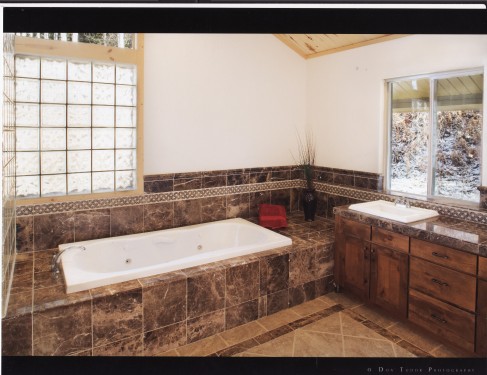Taking care of your natural stone does not need to be difficult. There are a couple of do’s and don’ts to know but basically you just need to use a cleaner especially designed for natural stone. Natural stone is very porous so the best way to prevent stains is to treat the surface with a protective sealer at the time of installation. The sealer fills in the pores and repels spills on the surface, allowing you time to completely wipe spills away. If your tile has not been sealed you can thoroughly clean your tile and apply a good sealer. Once your stone is sealed you can simply dust mop your floors frequently using a clean non treated dry dust mop. Sand, dirt and grit do the most damage to natural stone surfaces due to their abrasiveness, therefore if you use mats or area rugs inside and outside an entrance you will help to minimize tracking in the sand, dirt and grit. Make sure you use non-slip padding under your mat or area rug.
When using a cleaner on Natural Stone only use a neutral pH cleaner — you never want to use anything acidic on natural stone surfaces as they can ruin the surface of the stone. Never use cleaners containing acids, scouring powder, abrasive bathroom or soft kitchen cleaners, vinegar or lemon juice. So, all you margarita drinkers out there: no limes on the counter tops!
For your peace of mind Carpets Plus has a variety of worry free cleaning products, sealers and area rug padding that will keep your natural stone looking great. My favorite stone cleaner is Carpets Plus “All in one Cleaner and Polish” for natural stone; we have plenty in stock at our store amongst other specialized cleaners. If your tile is looking a bit tiered we also have restoration products to give your natural stone a little lift in life.
Visit our website for details on cleaners we carry. www.steamboatcarpetsplus.com






